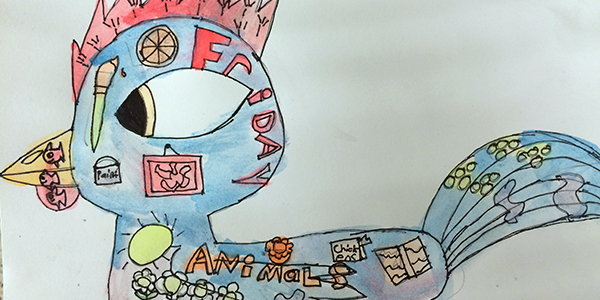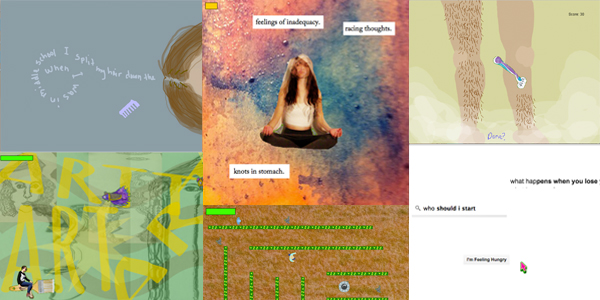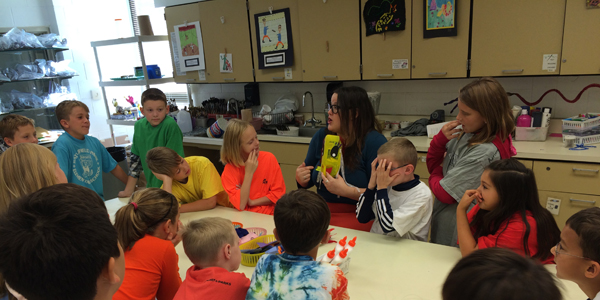Lesson 1: Gender in Art History

Concept:
How Men and Women are portrayed in art depends on their assumed roles with in culture.
Objective:
The Student will think about how portraiture of a time period gives the viewer a glimpse into the societal roles of men and women. Students will learn about who was in charge of household decisions, jobs available to men and women, and familial obligations and consider how these couples might look today considering current cultural gender assumptions. The student will create an updated version of a renaissance portrait overlapping the original with marker and paper to should their own interpretation of modern gender expectations.
Cultural References:
Based upon selected portraiture of couples, the student will imagine what it was like to live during the Italian Renaissance, Japan during the 1860s, and turn of the century America.
Instructional Input:
The students will be invited to view 3 portraits and be walked though critical viewership and be asked to give their perception on the expectations of men and women in their time period. Students will be asked to describe each subject, interpret how they stand and gesture, to consider who they believe make decisions, what jobs they could have (if any). Because portraiture typically depicted the wealthy, students will consider what message they were sending to the lower classes, about wealth, power and gender.
Independent practice:
The art activity for this lesson includes students receiving a not before seen portrait from the discussed eras look at. They will update the portrait, leaving facial and boy feature intact, to show how these subjects would look given current gender assumptions. They will have at their disposal colored paper and oil pastels.
Assessment:
Students will be assessed on their participation in discussion and how well their updated portrait conveys modern social expectations of each gender.







